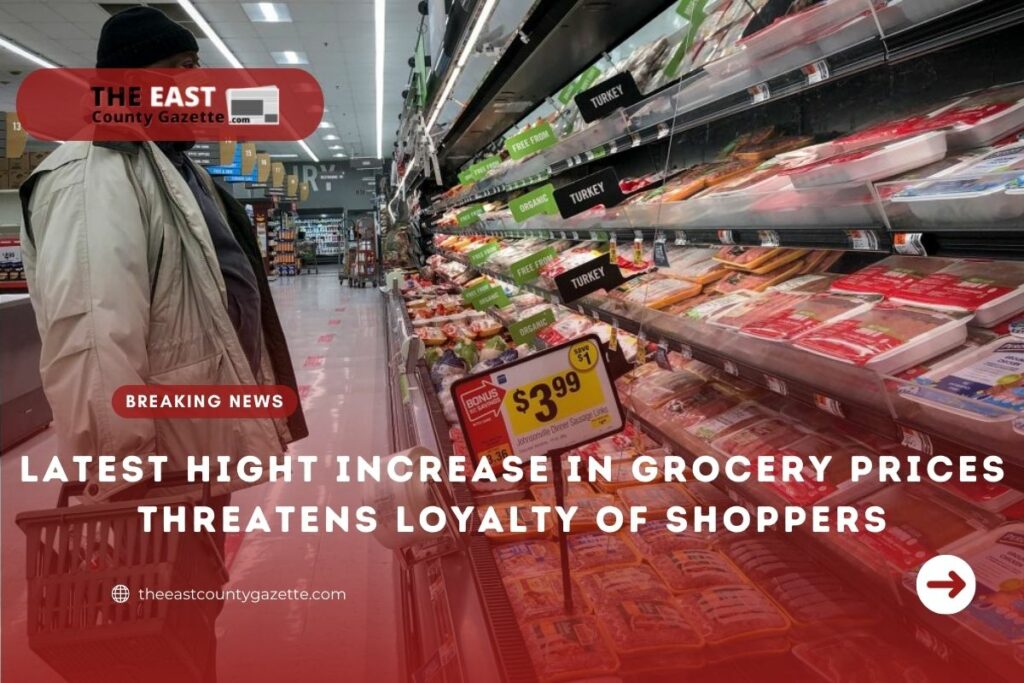PYMNTS‘s “Decoding Customer Affinity: The Customer Loyalty to Merchants Survey 2022” shows that grocers who shift costs too quickly to consumers may lose their most long-held customers to competitors.
The report, created in collaboration with Toshiba Global Commerce Solutions, analyzed data from a census-balanced survey of more than 2,000 consumers in the fall of 2021.
An estimate showed that more than one-third (35%) of grocery and pharmacy shoppers would switch merchants if they had better access to digital capabilities.
Financially-concerned consumers are the most likely to switch.
The majority of grocery shoppers who are struggling to pay their bills and living paycheck to paycheck said they would be willing to switch.
Digital features, including loyalty programs and curbside pickup, offer deals and discounts while others save time. This trend makes perfect sense for why consumers will love to switch.
In fact, consumers’ top concern when choosing which grocery store to shop at is price, with 37% naming it as their number one concern, well ahead of proximity, which came in second — concern — with 32%.
Despite the fact that lower chains and independent efforts, large grocers still hold a significant amount of power on the market.
Among consumers, Walmart is the top grocer, with three times more consumers making grocery purchases there than at Kroger in the past 30 days.
Low prices different from competitors is at the heart of Walmart’s grocery strategy.
“Our unit growth in grocery is growing faster than dollars, and that’s our position we’d like to stay in as long as we possibly can,” Walmart CEO John Furner said on a call with analysts in November.
“We want to keep prices low for customers all across the business, and we’ll be the last to go up.”
In a study conducted by Decoding Consumer Affinity, 77% of grocery shoppers indicated that low prices would increase their loyalty to their grocery stores.
Therefore, a brand that might otherwise be third in a shopper’s store rotation could pace itself into the No. 2 or No. 1 position.
Consumers’ price concerns can still be leveraged to build brand loyalty by surfacing relevant messages and offers, even when the price cannot be lowered.
According to Fifty two percent of grocers, promotions and discounts make grocery shoppers more likely to remain loyal to their grocery, while loyalty programs with “rewards I like” make them more likely to remain loyal.
“Loyalty programs can create the sense of recognition and engagement no different than if you walk in one of our stores where you’ve been shopping for 20 years, and we say, ‘Hey, Mrs. Jones, how are you?’” John Ross, the president and CEO of the Independent Grocers Alliance (IGA), said to PYMNTS.
“Digital technology does allow you to replicate a lot of the effects of high-quality of service.”

